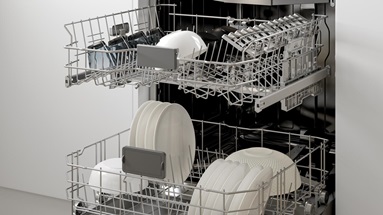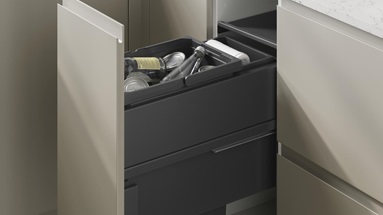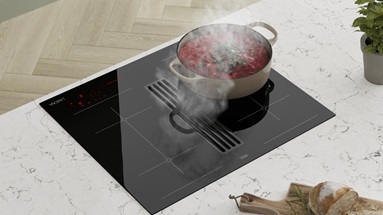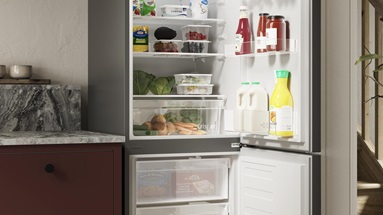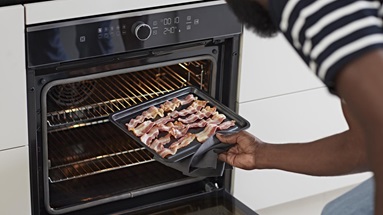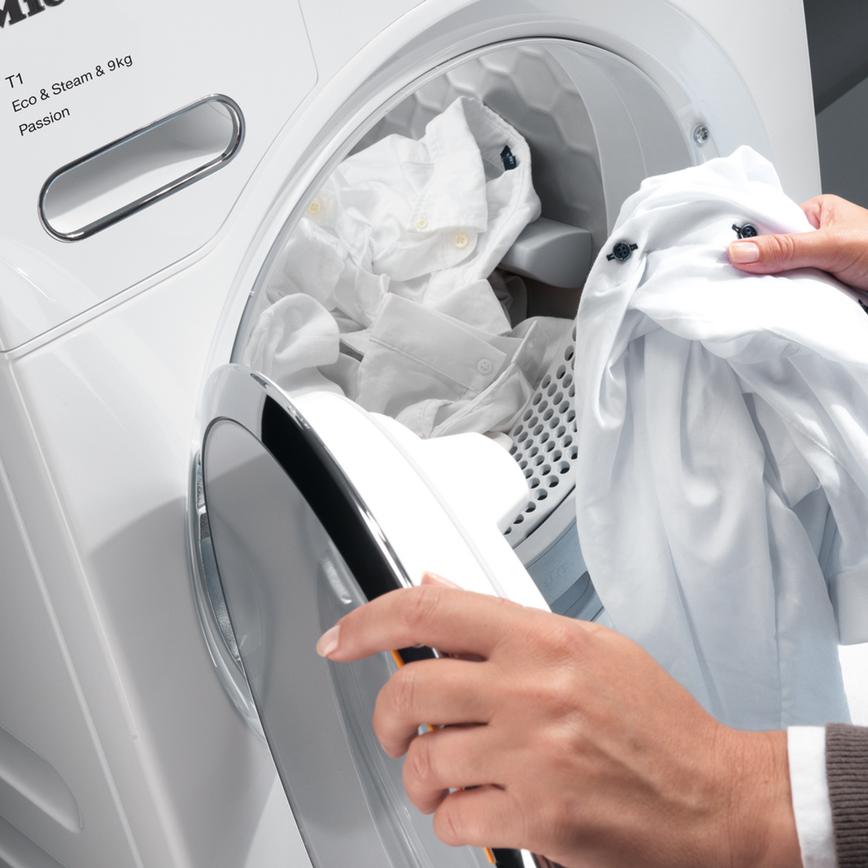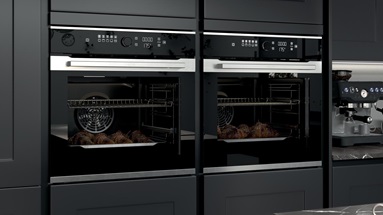How To Make A Home More Sustainable
Learning how to make a home more sustainable is crucial for cutting down energy use and minimising a house's impact on the environment. Sustainability has become increasingly important for homeowners as we see first-hand the effects of climate change - on home soil and overseas. From cooking spaces to study areas, there are many ways to make a home greener, and we have gathered tips from experts in the business that will help reduce energy consumption, cut household bills, and improve the lifespan of products around the home. Many of these ideas are simple swaps, too, making it easy for homeowners and builders to make small changes to the green credentials of a property.
What is a sustainable home?
Make a home more sustainable by using renewable energy sources, ethically sourced products, and efficient equipment wherever possible to reduce the carbon footprint.
Eco-friendly cooking
Switch to planet-friendly products in a cooking space that lower gas, electric, and water use for a greener home.
Efficient home cleaning
Plan equipment in a laundry room with eco features to reduce household energy consumption all year round.
Energy-conscious entrances
Seek ways to cut heat loss in an entrance so living spaces stay warm, cosy, and energy-efficient - in all weathers.
Sustainable work-life balance
Save energy by ensuring a home work-space has an energy-efficient set-up that is better for the planet and productivity.




